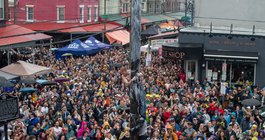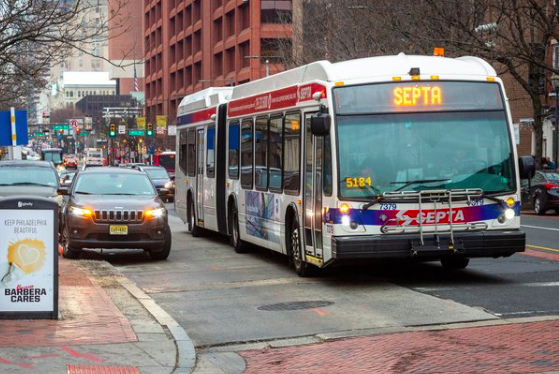
October 17, 2023
 Thom Carroll/for PhillyVoice
Thom Carroll/for PhillyVoice
A study conducted by researchers from the Federal Bank Reserve of Philadelphia found that the city's Black workers spend over 30 minutes more commuting each week than white workers.
Black commuters in the Greater Philadelphia area experience longer commute times than their white counterparts, according to a new study.
The report shows that, nationally, Black workers' commute times are 5% longer than white workers. But in Philadelphia, that number is 11%.
In 2019, the average one-way commute for a white Philadelphian was 29.1 minutes, whereas for a Black Philadelphian it was 32.5 minutes. Though the gap has shortened over the last 40 years, the difference amounts to an extra 34 minutes spent commuting each week for Black workers.
Researchers with the Federal Reserve Bank of Philadelphia used U.S. Census Bureau data from 2012-2019 for the study. Pandemic-era statistics were omitted as COVID-19 affected ridership on public transit and commuting frequency, which still have not returned to pre-pandemic levels.
Neighborhoods with higher Black populations were found to have the longest average commutes. The connection between race and commute duration is reflective of the socio-economic landscape of the region, said Christopher Severen and Nassir Holden, the study's authors.
Lower-income Black workers experience the longest commutes. Theirs are about 40% longer than commutes experienced by lower-income white workers, according to the study.
Severen and Holden noted that Black and low-income workers are more likely to use public transit, and that white workers are more likely to be able to work from home. Both factors contribute to the variance in commute times; the study suggests that differences in where people live and how they travel to work are the most important factors in understanding racial disparities in commuting.
The study also examined historical events where race and public transit intersect, including the 1944 transit strike in Philadelphia. Driven by racial tensions, the strike centered on a demand to strip eight Black employees of their promotions to trolley-car drivers. A stalemate in negotiations led President Franklin D. Roosevelt to send federal troops into Philadelphia, after which the strike ended.
Severen and Holden said addressing racial disparities in commute times is paramount to reducing economic inequity. Though they did not provide specific policy recommendations, they hope their work will be used to improve access to high-quality jobs, efficient transportation and affordable housing.